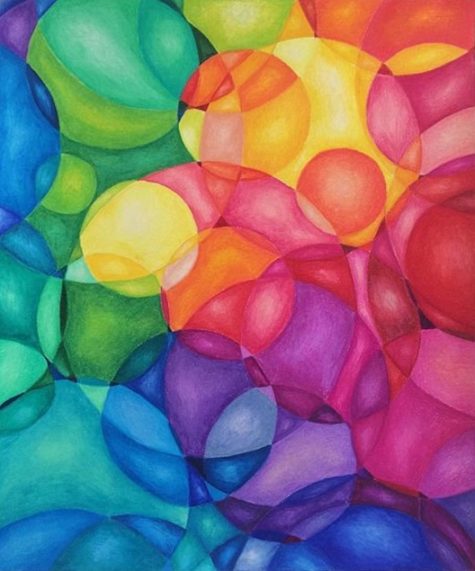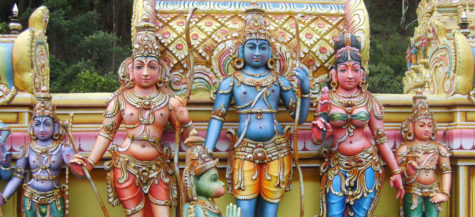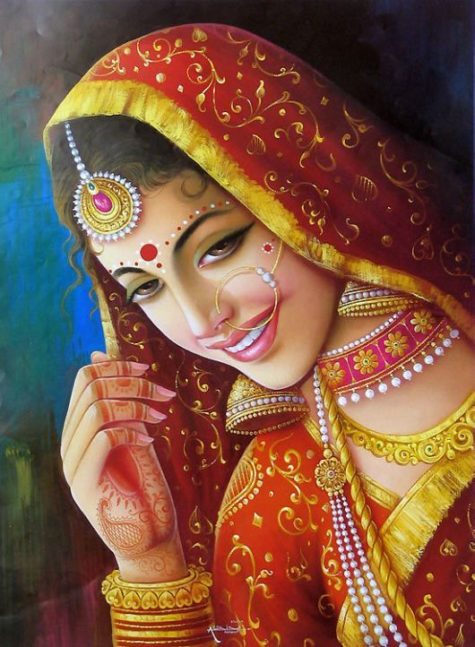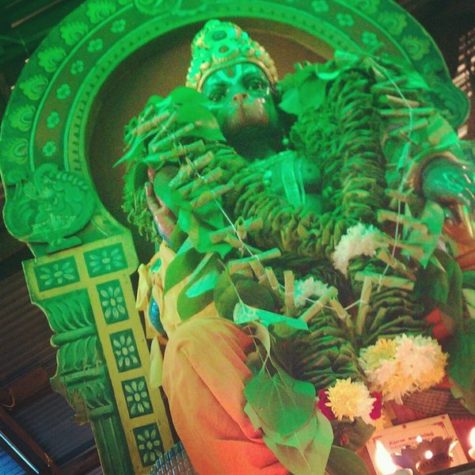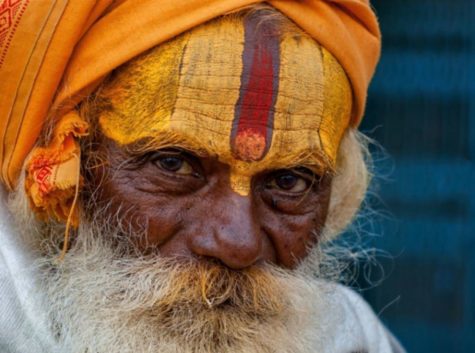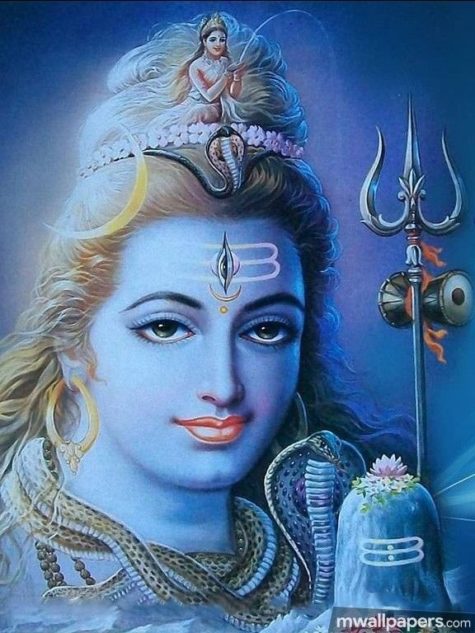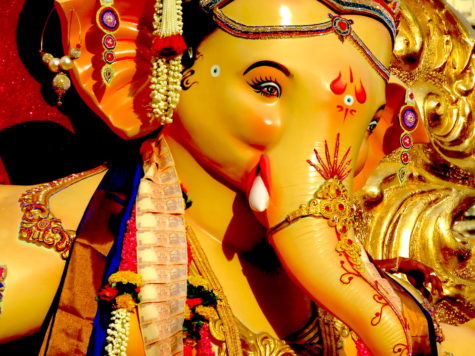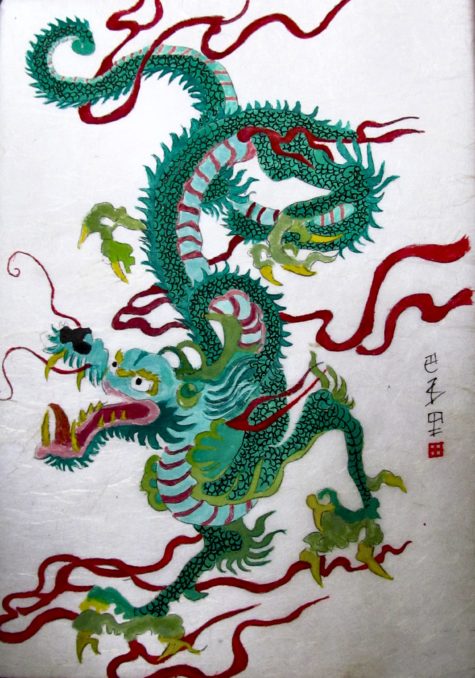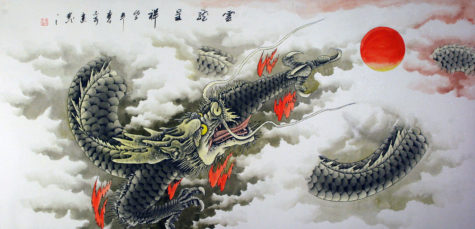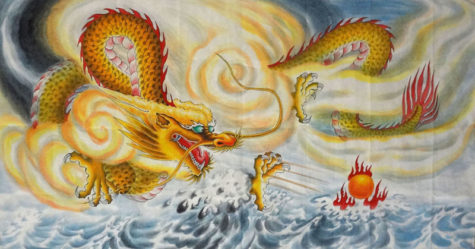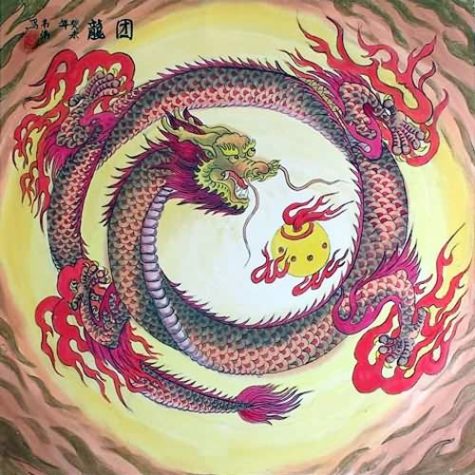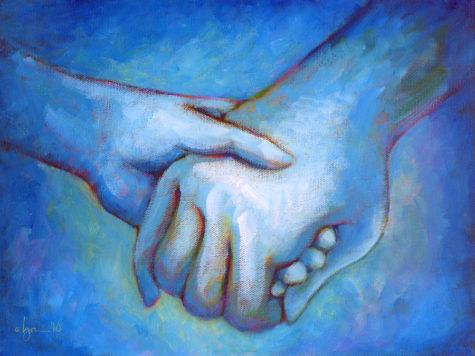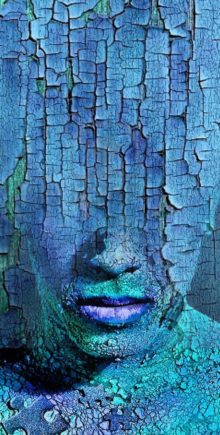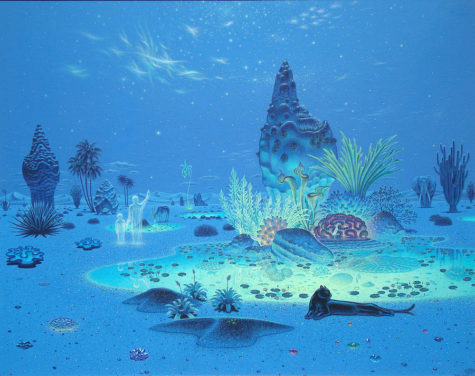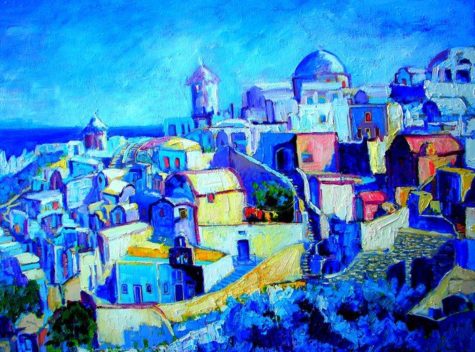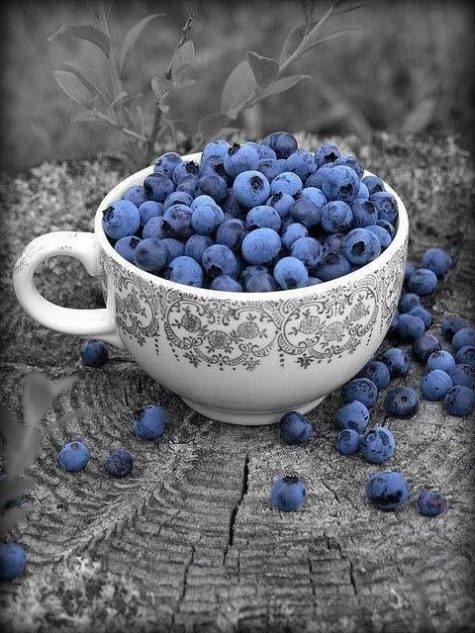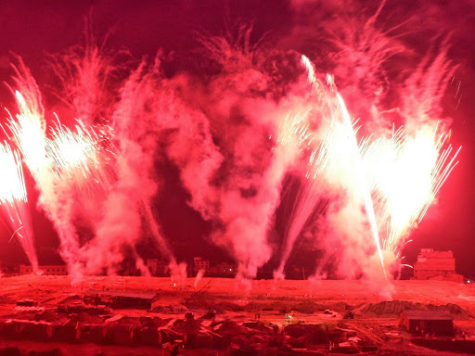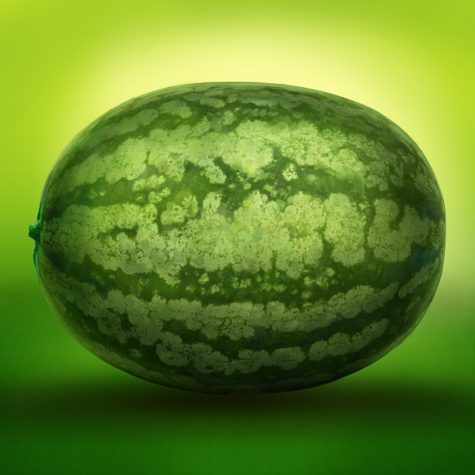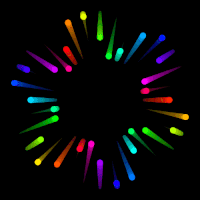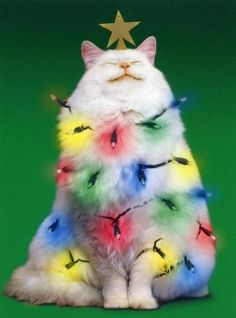Symbolism
The Meaning of Colors
Here is a quick overview of the various colors and their meanings:
Red
Red is the color of fire and blood, so it is associated with energy, war, danger, strength, power, determination as well as passion, desire, and love. Red is a very emotionally intense color. It enhances human metabolism, increases respiration rate, and raises blood pressure.
- It has very high visibility that’s why stop signs, stoplights, and fire equipment are usually painted red.
- In heraldry, red is used to indicate courage. It is the color found in many national flags.
Orange
Orange combines the energy of red and the happiness of yellow. It is associated with joy, sunshine, and tropics. Orange represents enthusiasm, fascination, happiness, creativity, determination, attraction, success, encouragement, and stimulation.
- To the human eyes, orange is seen as a very hot color, so it gives the sensation of heat.
- Orange increases oxygen supply to the brain, produces an invigorating effect, and stimulates mental activity. It is highly accepted among young people.
- As a citrus color, orange is associated with healthy food and stimulates appetite.
- Orange is the color of fall and harvest.
- In heraldry, orange is symbolic of strength and endurance.
- Orange has very high visibility, so you can use it to catch attention and highlight the most important elements of your design.
- Orange is very effective for promoting food products and toys.
- Dark orange can mean deceit and distrust.
- Red-orange corresponds to desire, passion, pleasure, domination, aggression, and thirst for action.
Yellow
Yellow is the color of sunshine. It’s associated with joy, happiness, intellect, and energy. Yellow produces a warming effect, arouses cheerfulness, stimulates mental activity, and generates muscle energy.
- When overused, yellow may have a disturbing influence; it is known that babies cry more in yellow rooms.
- In heraldry, yellow indicates honor and loyalty. Later the meaning of yellow was connected with cowardice.
- Dull (dingy) yellow represents caution, decay, sickness, and jealousy.
- Light yellow is associated with intellect, freshness, and joy.
Green
Green is the color of nature. It symbolizes growth, harmony, freshness, and fertility.
- Sometimes green denotes lack of experience; for example, a ‘greenhorn’ is a novice.
- In heraldry, green indicates growth and hope.
- Dark green is associated with ambition, greed, and jealousy.
- Yellow-green can indicate sickness, cowardice, discord, and jealousy.
- Olive green is the traditional color of peace.
Blue
Blue is the color of the sky and sea. It is often associated with depth and stability. It symbolizes trust, loyalty, wisdom, confidence, intelligence, faith, truth, and heaven. Blue is considered beneficial to the mind and body. It slows human metabolism and produces a calming effect.
- Blue is strongly associated with tranquility and calmness.
- In heraldry, blue is used to symbolize piety and sincerity.
- You can use blue to promote products and services related to cleanliness (water purification filters, cleaning liquids), air and sky (airlines, airports, air conditioners), water and sea (sea voyages, mineral water).
- Blue is linked to consciousness and intellect.
- Blue is a masculine color; according to studies, it is highly accepted among males.
- Dark blue is associated with depth, expertise, and stability; it is a preferred color for corporate America.
- Avoid using blue when promoting food and cooking, because blue suppresses appetite.
- When used together with warm colors like yellow or red, blue can create high-impact, vibrant designs; for example, blue-yellow-red is a perfect color scheme for a superhero.
- Light blue is associated with health, healing, tranquility, understanding, and softness.
- Dark blue represents knowledge, power, integrity, and seriousness.
Purple
Purple combines the stability of blue and the energy of red. Purple is associated with royalty. It symbolizes power, nobility, luxury, and ambition.
- It conveys wealth and extravagance.
- Purple is associated with wisdom, dignity, independence, creativity, mystery, and magic.
- Almost 75 percent children prefer purple to all the other colors.
- Purple is a very rare color in nature; some people consider it to be artificial.
- Light purple evokes romantic and nostalgic feelings.
- Dark purple evokes gloom and sad feelings. It can cause frustration.
White
White is associated with light, goodness, innocence, and purity. It is considered to be the color of perfection. White means safety, purity, and cleanliness. As opposed to black, white usually has a positive connotation.
- White can represent a successful beginning.
- In heraldry, white depicts faith and purity.
- In advertising, white is associated with coolness and cleanliness because it’s the color of snow.
- You can use white to suggest simplicity in high-tech products.
- White is an appropriate color for charitable organizations
- Angels are usually imagined wearing white clothes.
- White is associated with hospitals, doctors, and sterility, so you can use white to suggest safety when promoting medical products.
- White is often associated with low weight, low-fat food, and dairy products.
Black
Black is associated with power, elegance, formality, death, evil, and mystery. Black is a mysterious color associated with fear and the unknown (black holes).
- It usually has a negative connotation (blacklist, black humor, ‘black death’).
- Black denotes strength and authority; it is considered to be a very formal, elegant, and prestigious color (black tie, black Mercedes).
- In heraldry, black is the symbol of grief.
- Black gives the feeling of perspective and depth, but the black background diminishes readability.
- A black suit or dress can make you look thinner.
- When designing for a gallery of painting or photography, you can use a black or gray background to make other colors stand out.
- Black contrasts well with bright colors. Combined with red or orange – other very powerful colors – black gives a very aggressive color scheme.
Other Colors:
- Pink signifies romance, love, and friendship. It denotes feminine qualities and passiveness.
- Brown suggests stability and denotes masculine qualities.
- Gold evokes the feeling of prestige. The meaning of gold is illumination, wisdom, and wealth. Gold often symbolizes high quality.
- Aqua is associated with emotional healing and protection.
Submitted by Raetta Parker
The Colors of Hinduism
Hindu deities are depicted in colors that symbolize many positive attributes. Reminiscent of such natural elements as the earth, the sky and the sun, many colors have become symbols representative of the functions and characteristics that these elements possess. Therefore, as a religion so in tune with nature, the symbolic meaning of these colors has been adopted and integrated into Hinduism. From the saffron robes of holy men to the blue skin of the deities to the white clothing worn by mourning widows, certain colors are used specifically for their symbolism in Hinduism.
Red
In Hinduism, the color red symbolizes positive concepts. For wedding ceremonies, brides wear red clothing, put red dye in their hair and place a red dot on their foreheads because red represents purity. Since clay earth is red and produces many harvests, the color red is also representative of fertility. As a bold color, red symbolizes bold emotions and characteristics, such as passion, sensuality, power and strength. The deities who wear red, such as the goddess Durga, possess the respectable qualities that the color represents.
White
White, which is composed of many colors, symbolizes a range of notions in the Hindu religion. It is worn by deities who are equated with peacefulness, innocence and purity, such as the goddess Saraswati. The cleanliness of the color white symbolizes new beginnings and rebirth. Alternatively, white is also symbolic of death in Hinduism. Widows wear white while mourning because it is a reflective color that represents their need to reflect back to the world and detach themselves from society while grieving.
Green
Green items, such as leaves, are used in many Hindu prayer rituals because the color is representative of the natural world that the deities created. Since the deities are associated with the color green, it is symbolic of the happiness, peace and harmony that the deities bring to Hindus. Green also represents fertility, life and rebirth that are found in nature. Ultimately, green is considered a color that symbolizes the same tranquility and calmness evident in the deities and the natural world.
Saffron
Reminiscent of the color of fire, saffron is composed of shades of golden-yellow and orange. In addition to being similar to the color of fire, saffron is also symbolic of the cleansing and purity that comes from burning objects. Hindu monks wear saffron-colored robes to represent their mission to cleanse and eliminate impurities and evil from the world. The color saffron is also representative of lightness and wisdom, qualities that the monks possess.
Blue
A number of Hindu gods, such as Vishnu, Krishna and Shiva, are depicted as having blue skin. Therefore, the color blue represents the characteristics that many of the deities possess, such as bravery, goodness, determination and protectiveness. Blue is also a color found in such natural elements as the sky and water which makes it symbolic of the peacefulness of nature. Hindus view dark blue as being representative of calmness and intuition.
Yellow
Yellow is symbolic of learning and knowledge because it is a color often depicted in the clothes of wise Hindu deities, such as Vishnu, Krishna and Ganesha. As the color of the sun, yellow also represents the characteristics of the sun, such as light, warmth and happiness. Furthermore, due to the abundant presence of the sun during spring, yellow symbolizes new beginnings and developments.
Found at: Classroom.com
Chinese Dragons and Color
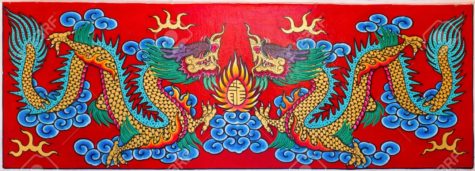
Unlike dragons of Western lore, fearsome symbols of evil and chaos, the Chinese dragon represents nobility, wisdom and prosperity. Eastern dragons are intricately connected to the seasons and the elements and are often associated with one of the four cardinal directions. They also can be categorized by color, as each color bears a symbolic meaning and has associated connotations within Chinese culture.
Blue and Green
In Chinese culture, the colors blue and green are associated with nature, serenity, growth and health. Blue and green dragons symbolize the approaching spring, evoking the clear skies and new plants that the season brings. These colors also are representative of the East and indicate Eastern dragons. Other Chinese associations with blue and green include healing, rest, prosperity and harmony. In Chinese culture, there are four animals that represent the cardinal directions with the Green Dragon represents the power of the East.
Black and White
Black and white are key colors on the Chinese spectrum, representing the balance of the black yin, which is negative, passive and feminine, and the white yang, which is positive, active and masculine. Black dragons are associated with winter and the North, while white dragons represent autumn and the West. In China, the color white is associated with purity as it is in Western cultures, but it also symbolizes mourning and mortality, suggesting that the white dragon functions as an omen of death. The black dragon is known for its power and vengeance and is often connected to storms.
Yellow and Gold
Yellow dragons have been called “superior” and “the most revered of the dragons” because they represent the Emperor and the imperial family. Even in the 21st century, yellow is a color associated with solidity, reliability and warmth, and it is set aside for royalty and those of higher social class. Gold dragons share many of these assets and are recognized as symbols of wealth, wisdom and compassion. During the Chinese New Year holiday, the opening dragon dance begins with the arrival of a regal Golden Dragon held aloft by a group of men.
Red
In China, red is the traditional color of good fortune and happiness, and it is often used in large celebrations, such as weddings. The red dragon is associated with luck, fire, passion and the heart. It is the dragon of summer and the South. Other Chinese associations with the color red include vitality, enthusiasm and creativity. During Chinese holidays like the Chinese New Year, a red dragon can be a focus along with equally lucky red envelopes of money.
Found at: Classroom.com
More About Blue
The color blue is one of trust, honesty and loyalty. It is sincere, reserved and quiet, and doesn’t like to make a fuss or draw attention. Blue hates confrontation, and likes to do things in its own way.
Key words and associations:
- Blue represents both the sky and the sea, and is associated with open spaces, freedom, intuition, imagination, expansiveness, inspiration, and sensitivity.
- Blue also represents meanings of depth, trust, loyalty, sincerity, wisdom, confidence, stability, faith, heaven, and intelligence.
- Basic meanings are truth, communication, peace, calm, spiritually attuned.
From a color psychology perspective, blue is reliable and responsible. This color exhibits an inner security and confidence. You can rely on it to take control and do the right thing in difficult times. Blue has a need for order and direction in its life, including its living and work spaces.
Blue seeks peace and tranquility above everything else, promoting both physical and mental relaxation. The color blue reduces stress, creating a sense of calmness, relaxation and order – we certainly feel a sense of calm if we lie on our backs and look into a bright blue cloudless sky. It slows the metabolism. The paler the blue the more freedom we feel. In the meaning of colors, blue relates to one-to-one communication, especially communication using the voice – speaking the truth through verbal self-expression – it is the teacher, the public speaker.
The color blue is idealistic, enhancing self-expression and our ability to communicate our needs and wants. It inspires higher ideals.
Blue’s wisdom comes from its higher level of intelligence, a spiritual perspective.
Blue is the color of the spirit, devotion and religious study. It enhances contemplation and prayer. On the other hand, blue’s devotion can be to any cause or concept it believes in, including devotion to family or work.
Blue is the helper, the rescuer, the friend in need. Blue’s success is defined by the quality and quantity of its relationships. It is a giver, not a taker. It likes to build strong trusting relationships and becomes deeply hurt if that trust is betrayed.
Blue is conservative and predictable, a safe and non-threatening color, and the most universally liked color of all, probably because it is safe and non-threatening. At the same time blue is persistent and determined to succeed in whichever endeavors it pursues.
Change is difficult for blue. It is inflexible and when faced with a new or different idea, it considers it, analyzes it, thinks it over slowly and then tries to make it fit its own acceptable version of reality.
Blue is nostalgic. It is a color that lives in the past, relating everything in the present and the future to experiences in the past.
Blue establishes calm. It’s the color of the sky and ocean and therefore gives a sense of vastness, as in “the wide blue yonder.”
Blue, the color of the ocean and sky is generally associated with many positive things. Symbols such as trust, loyalty and wisdom are all psychologically associated with blue and other symbols such as faith and heaven are included in this association. Light blue is associated with health, healing, tranquility and softness. Dark blue represents knowledge, power, integrity and seriousness and can be said to be a more depressing color than lighter shades of blue.
Positive and Negative Traits of Blue
Too much blue can create feelings of melancholy, negativity, sadness, self-righteousness, and self-centeredness. Too little blue brings about qualities of suspicion, depression, stubbornness, timidity, and unreliability. Avoid blue in cases of depression or when needing to feel more social.
Positive keywords include:
Loyalty, trust and integrity, tactful, reliability and responsibility, conservatism and perseverance, caring and concern, idealistic and orderly, authority, devotion and contemplation, peaceful and calm.
Negative keywords include:
Being rigid, deceitful and spiteful, self-righteous, superstitious and emotionally unstable, too conservative, predictable and weak, unforgiving, and frigid. It can also indicate manipulation, unfaithfulness and untrustworthiness.
Blue Represents
Blue can be strong and steadfast or light and friendly. Blue is used to symbolize piety and sincerity in heraldry. The color blue in many cultures is significant in religious beliefs, brings peace, or is believed to keep the bad spirits away. In Iran, blue is the color of mourning while in the West the something blue bridal tradition represents love.
- Communication: Blue relates to one-to-one verbal communication and self expression.
- Peace and calm: The color blue induces calm and peace within us, particularly the deeper shades.
- Honesty: Blue is the color of truth.
- Authority: The darker the color blue, the more authority it has.
- Religion: Blue is the color of devotion and religious study.
- Wisdom: Blue enhances the wisdom of the intellect.
The blue color communicates significance, importance, and confidence without creating somber or sinister feelings. This is where the corporate blue power suit and the blue uniforms of police officers and firefighter came from. Considered a highly corporate color, blue is often associated with intelligence, stability, unity, and conservatism.
Effects of Blue
- Conservative: The color blue is a safe color – the most universally liked color of all.
- Predictable: Blue is not impulsive or spontaneous and it doesn’t like to be rushed – blue needs to analyze and think things through, and to work to a plan.
- Orderly: Blue needs to have direction & order- untidiness and unpredictability overwhelms it.
- Rigid: Blue likes familiarity. It doesn’t like change and will stubbornly do things its own way, even if there is a better way.
The color blue has positive affects on the mind and the body. As the color of the spirit, it invokes rest and can cause the body to produce chemicals that are calming and exude feelings of tranquility. Blue helps to slow human metabolism, is cooling in nature, and helps with balance and self-expression. Blue is also an appetite suppressant.
However not all blues are serene and sedate. Electric or brilliant blues become dynamic and dramatic, an engaging color that expresses exhilaration. Also, some shades of blue or the use of too much blue may come across as cold or uncaring, and can dampen spirits.
Shades of Blue
Different shades, tints, and hues of blue have different meanings. For example, dark blue can be seen as elegant, rich, sophisticated, intelligent, and old-fashioned, royal blue can represent superiority, and light blue can mean honesty and trustworthiness.
Note: This post was compiled by Shirley Twofeathers for Color Therapy, you may repost and share without karmic repercussions, but only if you give me credit and a link back to this website. Blessed be.
Blue – Symbolism and Superstition
- Truth and the Intellect
- Wisdom
- Loyalty
- Chastity
- Peace
- Piety and Contemplation
- Spirituality
- Eternity
Blue is the color of the Heavens and is related to the fifth Chakra. Blue is traditionally worn by the Virgin Mary, the very embodiment of all the qualities described above. Whereas the reds, oranges and yellows carry with them a carnival atmosphere, blue is more sober, even somber despite its many variations.
If we’re “feeling blue” then we’re depressed or melancholy. And yet the bluebird is a universal symbol for happiness. The color has even given its name to a rich vein of music. The “blues” actually refers to “blue notes.” These are notes, either sung or played, that are pitched down a little for expressive purposes. An example is Billie Holiday’s heartbreaking rendition of “Strange Fruit.”
There’s something cool and detached about blue that gives rise to its reputation for spirituality and chastity. Above all blue is the color of the sky. Like the sky, blue is infinitely spacious. It contains everything, and yet contains nothing. The color is therefore associated with ideas of eternity.
In Jewish tradition the city of Luz, where the Immortals live, is also called The Blue City. Similarly, the mythical sacred mountain of the Hindus, Mount Meru, is constructed entirely of sapphire on its southern face and it’s this that is said to tinge the skies with blue.
To put any color out of context can have an alienating and often frightening effect. Knowing this, early British warriors daubed themselves in woad. These blue-skinned savages must have been an alarming sight for Roman soldiers.
To do something “once in a blue moon” is to do it very rarely. The phrase refers to the appearance of a second full moon within a calendar month, which actually happens about every thirty-two months.
Members of the aristocracy or the royalty are described as having “blue blood,” but why? The phrase originated with the Spanish, sangre azul, and refers to the pale-skinned Castilian ruling classes who prided themselves on never having interbred with darker-skinned races. Therefore, their blue veinous blood was plainly visible underneath the surface of their skin. There’s even a particular shade of blue that is meant to represent this color, called Royal Blue.
 Blue is one aspect of the Hindu legend of Krishna that has remain unchanged through time and geography. We look at what this “blue magic” is all about, and why even Krishna’s sworn enemies were irresistibly drawn to it.
Blue is one aspect of the Hindu legend of Krishna that has remain unchanged through time and geography. We look at what this “blue magic” is all about, and why even Krishna’s sworn enemies were irresistibly drawn to it.
Blue is the color of all-inclusiveness. You will see in the existence, anything that is vast and beyond your perception generally tends to be blue, whether it is the ocean or the sky. Anything which is larger than your perception tends to be blue because blue is the basis of all-inclusiveness. It is based on this that so many gods in India are shown as blue-skinned. Shiva has a blue skin, Krishna has a blue skin, Rama has a blue skin. It is not that their skin was blue. They were referred to as blue gods because they had a blue aura.
All around the world, baby boys are dressed in blue. This originates in the belief that evil spirits congregate around newborn babies. Fortunately, these spirits detest the color blue, as it deprives them of their power. Consequently, dressing a baby boy in blue provides him with protection at a time when he is totally vulnerable. Blue was also considered an effective way of averting the evil eye.
Back then, girl babies were not considered to be as important as boys, and weren’t given any protection. Eventually, times changed, and girls were given the color pink.
Other meanings associated with the color blue:
- Navy blue and white, when used together, often represents sailing, and sailors.
- The saying “out of the blue” is used in reference to something unexpected.
- The expression “singing the blues” references a person who is complaining about their circumstances.
- The phrase “true blue” stands for someone who is loyal, trustworthy, and faithful.
- The saying “baby blues” is used to describe the sadness that women feel after giving birth. It is often used in reference to post-partum depression.
- A “blue ribbon” represents the best, first place, top prize, or number one.
- The expression “into the blue” means entering the unknown or uncertainty, not knowing what you’re walking into.
- The phrase “blue Monday” means feeling sad, often the feelings experienced when the weekend is over and the workweek begins.
- The term “blue laws” refers to laws that were originally passed to enforce specific moral standards.
- The saying “blue language” refers to using profanity.
- The “Bluebook” is known as a register of people of significance in social standing. Later, the term Bluebook was adapted by the car industry as the name of the registry listing vehicle values.
Borrowed from Sigils, Symbols and Signs
Blue – The Correspondences
Vermeer’s blues are silent, but they touch your soul.
~Jonathan Jones
Foods and supplements that work in a blue way:
Blue is a natural appetite suppressant, and one of the least appetizing colors for food. Many people report being actually repulsed by blue food. This may be an evolved instinct because many toxic plants and fruits have a blue color. Sometimes blue food is embraced as a token of the avant-garde and truly adventurous as in the case of the recent fad for blue potatoes.
There are very few foods that are blue in color, however some foods work in a “blue” way, and are useful when the voice, glands and organs of the neck, and communication skills need help.
- Blue foods are mainly various types of berries, but also include seaweed and some white fish.
- Blueberries, kelp, seaweed products, asparagus.
- Iodine.
- Blue is associated with chamomile, often used as a bedtime tea.
Essential oils:
Blue is linked to tea tree oil and is useful for sensitive skin or reducing skin problems. Other essential oils include:
- Sweet pea
- Lilac
- Myrrh
Blue crystals and stones:
Blue gemstones are believed to aid in creating calm and relaxation in crisis situations or chaotic situations, to open the flow of communication between loved ones, to feel genuinely inspired, and to gain the courage to speak from the heart. Blue gemstones promote peace and are used to calm ragged emotions. They are used to provide relief to people who have difficulty sleeping or who have nightmares.
- Blue gemstones to wear to feel calm are blue sapphire and blue topaz.
- Lapis lazuli and azurite are said to heighten psychic power, as is Moonstone.
- Aquamarine stimulates healing improves confidence and the ability to stand fast, helps the flow of communication, stimulates the intellect and stabilizes the emotions.
- Turquoise is supportive and protective. It is used a talisman of strength and protection to protect against accidents. . A powerful healing stone for emotional, mental and physical problems.
- Blue lace agate soothes and calms, speeds thought processes, helps one to reach high spiritual awareness and has an inspirational effect.
- Celestite is great for dream work, lifts mood, helps throat problems and with spiritual communication.
- Sapphire relaxes and improves the mind balances all aspects of self. It promotes calm, peace and detachment
- Lapis Lazuli is also listed an indigo stones. A powerful stone, releases stresses, enabling experience of deeper peace, stimulates the mind and higher understanding.
Symbolism of the Color Blue:
- Truth and the intellect
- Wisdom
- Loyalty
- Chastity
- Peace
- Piety and contemplation
- Spirituality
- Eternity
Note: This post was compiled by Shirley Twofeathers for Color Therapy, you may repost and share without karmic repercussions, but only if you give me credit and a link back to this website. Blessed be.
Living Red
Instinctively, the occurrence of red makes us wary, as we connect it with heat and the potential danger of burning. Red lights are built into artificial fires to help simulate the coziness of a real fire. Too much heat and red burns, but at the right level it supports our lives and gives us comfort.
Being the color of blood, red has symbolic links with living and life. Spilling or losing blood brings illness and death. Wearing red, eating red foods and surrounding yourself with red increases the body’s ability to absorb iron, the metal that is responsible for the color of hemoglobin in the blood. The presence of hemoglobin allows the blood to absorb oxygen in the lungs and to transport that life-giving oxygen to the cells of the body.
Physical activity and the energy that that supports it also has a red vibration. If speed, danger, daring or courage are involved, the red quality of the activity increases. Mountaineers, racing car drivers, and stuntmen all have “red” careers.
Source unknown
Green – The Correspondences
…and his eyes were so green they could turn carbon dioxide into oxygen.
~Rainbow Rowell
Foods that work in a green way:
- Food that is green, or works in a green way, tends to be rich in vitamins and nutrients.
- Eating foods in their natural season, or where possible, foods grown locally, allow the body to settle into the rhythms and patterns of our immediate surroundings.
- Apples, pears, avocados, green grapes, limes, kiwi fruit, cabbage, broccoli, kale, sprouts, green beans, peas, leeks spinach, herbs.
Green Essential Oils:
- Mint
- Ginger
- Sage
Green Crystals and Stones:
- Emerald
- Peridot
- Jade
- Adventurine
- Malachite
- Moss agate
- Amazonite
Green gemstones are used to attract money, prosperity and wealth. They are balancing stones that promote growth and fertility. Carry, wear or place green gemstones around your home or office to promote balance, change and growth.
Symbolic Meanings of Green:
- New life
- Resurrection
- Hope
- The sea
- Fertility and regeneration
- Recycling
- Environmental awareness
- A lucky color
- An unlucky color
Note: This post was compiled by Shirley Twofeathers for Color Therapy, you may repost and share without karmic repercussions, but only if you give me credit and a link back to this website. Blessed be.
Yellow – The Correspondences
How lovely yellow is! It stands for the sun.
~Vincent Van Gogh
Foods that work in a yellow way:
- Eating outside in natural sunlight improves digestion and gives a feeling of well being.
- Fish oils and foods that are high in omega 3 fatty acids.
- Lemon, bananas, grapefruit, eggs, honey, peppers, pumpkins, pineapples, bananas, grains such as corn, wheat, rice, rye
Vitamins and supplements that work in a yellow way:
- Vitamins A, B, D, and E
- Sodium and potassium, iodine, chromium, molybdenium.
Yellow essential oils:
- Lemon
- Lemon grass
- Lemon Verbena
Yellow crystals and stones:
- Topaz
- Beryl
- Citrine
- Amber
- Tiger Eye
- Iron Pyrite
Carry or wear yellow gemstones to promote the ability to express yourself. They are excellent stones for writers and public speakers to increase eloquence. The yellow stones stimulate movement and mental awareness. They are used to enhance decision making skills.
Symbolic meanings of the color yellow:
- The sun
- Power
- Authority
- The intellect and intuition
- Goodness
- Light
- Life
- Truth
- Immortality
- Endurance,
- The Empire and fertility (in China)
- Cowardice
- Treachery.
Orange – The Correspondences
“I feel a little dizzy,” said Orion. “But also wonderfully elated. I feel that I am on the verge of finding a rhyme for the word orange.”
~The Atlantis Complex

Foods that work in an orange way:
- Lack of orange, and orange energy foods can be evident in physical constipation, stiffness in muscles and joints, and stagnation in other areas of life such as “writer’s or artist’s block.”
- Orange foods help with release of toxins and stress from the body by encouraging the system to become more efficient in the natural. This aids relaxation and release of stress as the body lets go of unwanted and waste products.
- Orange foods contain key nutrients that support and maintain the reproductive systems. These foods can also aid the flow of creativity on other levels too.
- Oranges, peaches, apricots, pumpkin, peppers, carrots, brown rice, sesame seeds, oats, shellfish, tangerines, mangoes.
Vitamins and supplements that work in an orange way:
- Calcium
- Copper
- Selenium
- Zinc
Orange Essential Oils:
- Citronnella
- Bergamont
- Orange
Orange Crystals and Stones:
- Coral
- Carnelian
- Fire Agate
- Orange Calcite
- Copper
Symbolic Meanings:
- Balance between spirit and sexuality
- Fertility and yet virginity
- Energy
- The sun,
Note: This post was compiled by Shirley Twofeathers for Color Therapy, you may repost and share without karmic repercussions, but only if you give me credit and a link back to this website. Blessed be.
